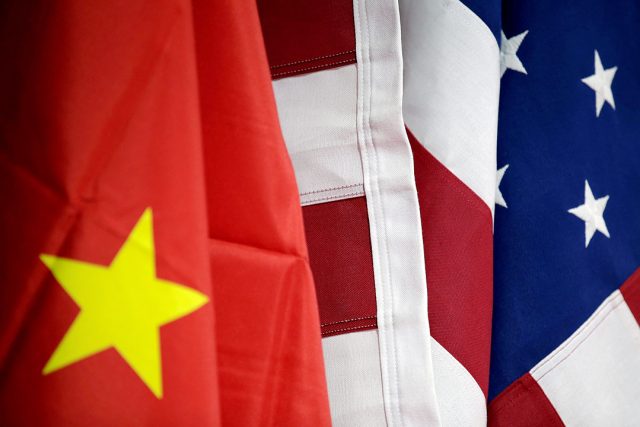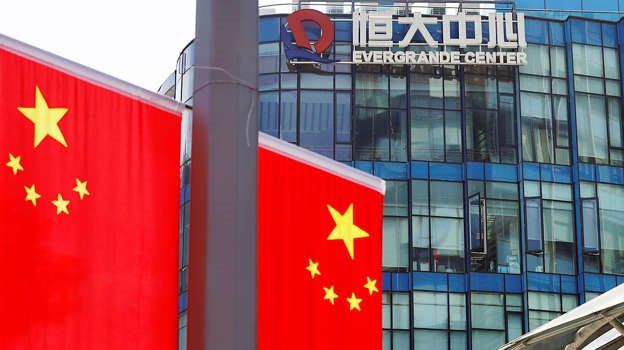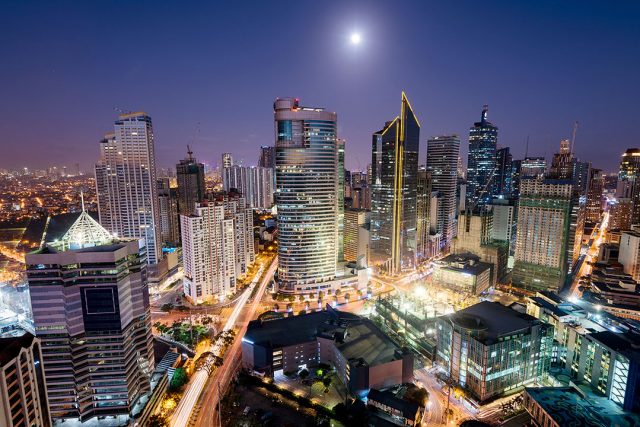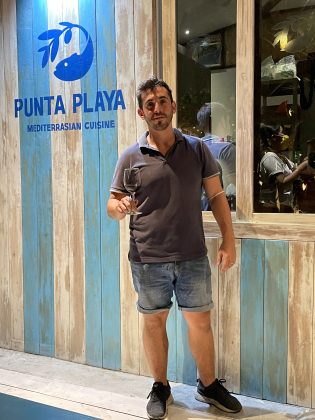Prior to the latest surge anew of COVID-19 infections at the start of 2022, I was able to bring my family on a vacation to El Nido in Palawan. This was our first family vacation trip since end of 2019, and my first time to travel by air since escaping Milan in February of 2020 when COVID was about to devastate Italy and Europe.
El Nido was actually a third choice, as Boracay was my first preference but the Shangri-La hotel resort was fully booked and I had promised my family we would stay at the Shangri-La this time as we had been to Boracay multiple times but never stayed there. Siargao was my second choice (before Typhoon Odette’s cruel destruction) but I could not get the right flight, then finally it was El Nido.
To be honest, it was quite cumbersome to travel anywhere, including to local tourist spots. Aside from all the vaccination cards and vaccination certificates, you also need the S-Pass and the Travel Coordination Permits (TCPs), and also need fully paid bookings from airlines and hotels — but it was all good as we got time to fulfil all the requirements.
Then Typhoon Odette happened and at first, I thought our vacation would need to be postponed as Palawan was also badly damaged. Our flight via Philippine Airline (PAL) to Puerto Princessa enroute to El Nido was affected as roads leading to El Nido were initially deemed impassable, forcing me to look for another alternative and there was only one airline that flies direct to El Nido via the Lio Airport. So, we took Air Swift and paid a premium for the rush nature of the booking. As of this writing PAL has yet to agree to rebooking or even recrediting our flights which they should.
While this family trip was getting off to a more expensive and rockier start than anticipated, the view from the plane closing in on El Nido somehow changed all my initial concerns. Beautiful mountains, the turquoise water and white sands beaches were simply too breathtaking and soothing to feel bad. Air Swift was also a joy to ride in, with its on-time and simple no frills approach as my good first experience with them. Air Swift uses the ATR42-600 aircraft which can comfortably sit 50 passengers and is manned by two courteous flight attendants, and, I presume, two pilots. The runway at the Lio Airport is probably not that long so as passengers we felt the rocky landing and abrupt braking.
PROUDLY LOCAL
I have been to Bali, Indonesia; Phuket, Thailand; Da Nang, Vietnam and other places among our Southeast Asian counterparts. I do think El Nido, and even Boracay, are more beautiful and naturally more fascinating than any of them.
Perhaps I was being a prisoner of the moment, but my first trip to El Nido was nothing less than magical. Admittedly we were at El Nido during this pandemic period and had more of the beauty of the island to ourselves as visitors were very limited and even foreign tourist sightings were almost non-existent.
El Nido is the gateway to the spectacular Bacuit Archipelago which comprises of around 45 islands and islets. Our two-day island-hopping tour of a handful of these islands showed us how each island has its own rock formation and unique geological makeup. We visited the Big Lagoon, Small Lagoon, Secret Lagoon, Cadlao Lagoon, Seven Commandos Beach, Papaya Beach, and a few more. We did some hiking (a very steep hike in Cadlao Island), kayaking, swimming, snorkeling, and some sun-bathing and it was an amazing, paradise-like family bonding experience.
The weather was quite good, but the sea travel was very wave-y and slightly turbulent. We had to contract a private speed boat to get around, instead of the usual bangka boat — but even a speed boat was unable to get us to Shimizu Island as our boat captain called it too risky because of the rough waves.
After all the island tour adventures, nighttime was reserved for old-fashion peace and serenity. But locals were telling us that we missed the time when El Nido was bustling even through the wee hours of the morning, and that was not so long ago — barely 22 months, just prior to the COVID pandemic.
RESTAURANTS IN LIO BEACH
There were only a handful of restaurant choices within the Lio beach where our hotel was located… conspicuously closed with strategic beach front views were Manille Beach Bar, The Jungle Bar, and Bead Café. I also saw a closed The Red Crab restaurant (a familiar Manila restaurant name). Our choices for food during dinner (as normally we were out after breakfast) were limited to our hotel Huni Lio’s room service food, El Nido Grill, D’Factory, Punta Playa, and Globys Restaurant and if we crossed to the nearby Seda Hotel, then we added the Seda hotel restaurants.
Thankfully there are several restaurants in the city proper including in the Barangay Buena Suerte strip, just some 20 minutes through car rental or tricycle. This is where you can find ArtCafe, probably El Nido’s most famous restaurant and a favorite tourist dining spot.
THE EL NIDO WINE LISTS
Seda Hotel is a luxury hotel with its own enviable frontage of the Lio Beach, and yet their wine list is quite limited and thin. Their pouring wine is decent — the Renmano Chairman’s selection Chardonnay and Cabernet Sauvignon from Southeastern Australia — while there are only six wines sold by the bottle with two selections apiece for red, white and rosé.
For red, there is Italy’s Nero d’Avola, a peculiar grape for most, but actually Sicily’s proudest indigenous red grape varietal. The other red is even more obscure as it is a red wine from Rias Baixas, Spain — home of the delectable Albarińo white wine. This red from Rias Baixas is made from a blend of grapes including Mencia, which is more famous for this varietal in nearby Bierzo region, and another rarely heard of grape called Caińo (known as Boraccal in neighboring Portugal).
For white, there is the sweet-scented Grillo, also from Sicily Italy. Grillo is known more for being one of grape varietals used for the fortified wine Marsala. The other white wine is the French Pinot Gris, or more renowned as Pinot Grigio elsewhere from the Alsace region. If I had to go with Alsatian wines, my first pick would be a Riesling, and then a Gewurztraminer.
For rosé, they carry a Bordeaux and a Provence wine.
El Nido Grill and D’Factory do not serve wine at all. El Nido Grill is more about beers and D’Factory is a dessert place with delicious ice creams and crepes. On the other hand, Globys has a handful of wines, but they do have an all day-long Happy Hour “Buy 1 Take 1” offer on their cocktails. Twice in our four nights we had cocktails there.
Punta Playa, I found out, was actually the only restaurant that opened at Lio Beach during the pandemic period and started operations just three or four months ago. Punta Playa took over the former location of Shaka, a popular health food restaurant known for fruit smoothies and which has branches in Taguig, Siargao, Bohol, and Cebu, which but closed down the El Nido place because of the pandemic, like several other restaurants did too in Lio Beach. Punta Playa is a Mediterranean restaurant with more of a Spanish flair to it. The menu as well as the wine list have more Spanish entries. The restaurant is managed by a Spaniard, Marcos Olalla, who had a prior stint with the exclusive Cauayan Island Resort also in El Nido. Marcos also had experience in Metro Manila with his stint at Las Flores in Podium.
Punta Playa has a wine list with 17 selections, more than any establishment in the Lio Beach area, with nine of the 17 wines being Spanish. But I love the list because it has my favorite Spanish wines regions including Rioja, Ribera del Duero, Toro, Cava, and even Txakoli. Sadly because of Typhoon Odette, the waitstaff was telling me some of the wines were not available during our visit.
The top wine in the Punta Playa list is Macan Rioja, a wine collaborated on by the famed Vega Sicilia and Bordeaux royalty Benjamin Rothschild. This wine, priced at P5,800/bottle restaurant price, is pretty good given the pedigree of the wine, and could easily cost 30% higher when found in a Manila restaurant wine list.
The only other restaurant we tried in El Nido was the local and tourist favorite ArtCafe. This restaurant is often packed and even during our visit when travel was restricted, the place was busy. ArtCafe started in 1995 and was a joint venture between a Swiss woman, Judith, and a local guy, Tani (I read this in the menu). This second-floor restaurant has a clear view of the Buena Suerte Beach where the boats docked, and this is also where island-hopping tours start and end.
The restaurant’s wine list has close to 30 different items — probably the largest in selection among fellow restaurants, but they are mostly the commercially popular ones like Yellow Tail and Hardys from Australia, Gato Negro and Ventisquero from Chile, and these are the same wines available in their ground floor souvenir shop and grocery.
While obviously my journey to El Nido was mainly for vacation and holiday relaxation, I also thought that, like Bali or even Phuket, I could get a very good wine list and food and wine experience. El Nido is not quite there yet, but with so much beauty of landscape and natural geological blessings, the wine list should be the least of my concerns. Over time, when tourism can flourish again, I am betting that the restaurants in El Nido will be upgrading their wine list to world class standards, and I will be the happiest “Juan” when this happens.
The author is the only Filipino member of the UK-based Circle of Wine Writers. For comments, inquiries, wine event coverage, wine consultancy and other wine related concerns, e-mail the author at wineprotege@gmail.com, or check his wine training website https://thewinetrainingcamp.wordpress.com/services.
















